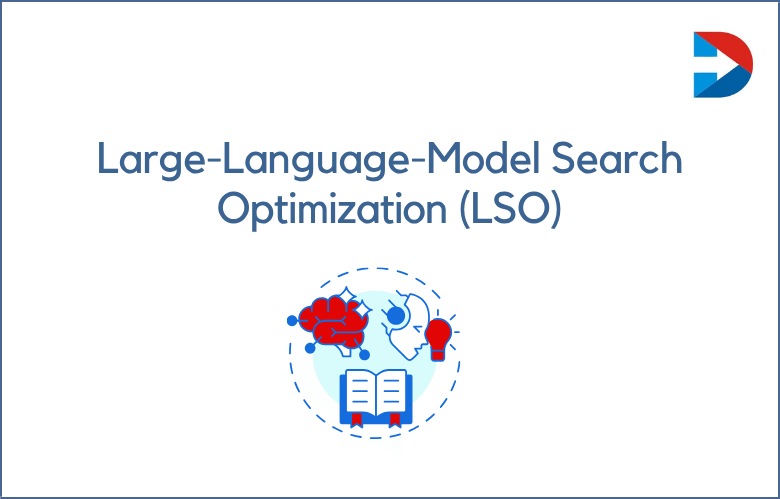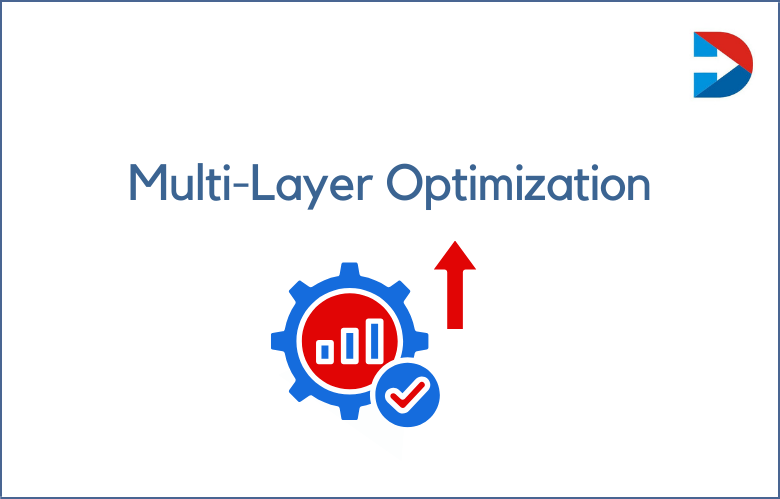
Multilingual Marketing Strategy: Social media is one of the #1 simple ways businesses can gain customer loyalty by reaching potential customers in digital marketing. Also, executing a multilingual social media marketing strategy is more than translating the content. When your business content resonates with the customers, your brand has more chances to find massive audience engagement. Customers or audiences will feel more comfortable reaching the brand when they see it in their language. Here is everything about multilingual social media that you need to know.
Did you know that more than 70% of online consumers want to find information in their language before buying products or services?
What Is A Multilingual Marketing Strategy?
Multilingual marketing is a digital marketing method that can adopt different languages to deliver content on various social media platforms.
India is the best example of the importance of multilingualism, as people choose to use the platform that is available in their language.
The multilingual marketing strategy will let businesses translate their content across different languages by recalling the original messages.
While implementing the multilingual marketing strategy, marketers must concentrate on the consumers and their cultures.
However, the number of automated translating tools available in the market does not match the shades of languages between the customers’ cultures.
A professional native-speaking translator is necessary to help businesses proceed with multilingual marketing strategies.
Why Is Multilingual Marketing Strategy Important?
The goal of launching a multilingual marketing strategy is to let customers choose the specific business brand that is the most preferred. Almost 9 out of 10 online internet users in the EU prefer websites mostly that feature their native language.
When there is no other option, nearly 53% of the respondents visit the website. However, when you have decided to find potential customers for your business, you must feature the content in a multilingual language that the global audience accepts.
Statista reveals that English has about 1500 million speakers globally out of a population of 7.4 billion. The top spoken languages are Spanish, Mandarin, Arabic, Hindi, Portuguese, etc.
This can let you know why the multilingual marketing strategy matters for any business while dealing with audiences on social media platforms.
The winning half battle of digital marketing can be achieved by launching the correct language according to the customer’s region and native language preference.
Tips For Multilingual Marketing
Get your potential audience
Launch the creative design templates
Find the professional writers
Know the cultural context
Establish the multilingual search engine optimization
Know Your Audience
Make Spacious Design Templates
Hire the Right Writers
Understand the Cultural Context
Multilingual Search Engine Optimisation
Tips for building a multilingual social media presence
Know your audience demographics:
Gear the marketing growth by analyzing the audience demographics to establish strong communication before the audience’s speech.
Don’t rely on translation tools:
The translation tools do not meet the audience’s expectations of delivering more accurate results.
Invest in top-notch translators:
Always choosing top-level translators is essential to explore the growth of the business as they are already serving several companies that can best fit to drive the audience.
Neologize with caution:
Beware of implementing new expressions in your content that may confuse the audience.
Localize content and translations:
The location-based content and region-based translations work best for businesses in finding potential sales.
Prioritize visual content:
Visually compelling content should be prioritized to display in featuring as your content.
Use available social tools:
Research different sources before adopting the multiple paid or open-source social tools available.
Create multiple accounts:
Build several social media accounts in different languages to showcase your content to the audience.
Consider double posting:
English is the most common language for posting content and choosing the specific language to publish the content.
Include translations into one post:
Focusing on the image containing the captions is informative when the content is featured.
The marketers need to add the language:
Marketers must add the language that helps them find the market’s growth.
Use language to highlight brand culture:
To establish a brand’s reputation, businesses must use specific language that highlights their culture.
Provide assurances for consumers:
Most customers want the safety of specific brands before buying anything from that company.
Mind the time gap:
Choosing the right time to upload the content is the must-know aspect while posting the content on social media platforms.
Why Business Needs A Multilingual Marketing Strategy?
English Isn’t The Only Language Used Online
People Prefer Content In Their Native Language
Translated Content Helps To Establish Trust
Gain A Competitive Edge
Expand Your Reach & Target New Audiences
Drive More Qualified Traffic To Your Site
Close More Online Sales
Reduce Operational Costs
Tips for An Effective Multilingual Content Marketing Strategy
Keep It Simple
Create new reader profiles by delivering multilingual content
Make use of the correct and relevant social media platforms.
Diversify, diversify, diversify
Understanding the critical message to deliver from your brand is necessary.
Location-based content creation is a significant aspect.
Make use of proper and relevant translation management tools.
The integration of multilingual content marketing methods is essential.
Final Thoughts
The expansion of the digital age enables marketers to find more advanced marketing strategies that help in the development and growth of the market. Social media platforms provide several multilingual features for paid and non-paid users.
Call: +91 9848321284
Email: connect@kiranvoleti.com
Frequently Asked Questions (FAQs)
What is a multilingual marketing strategy?
A multilingual marketing strategy involves promoting products or services in multiple languages to effectively reach and engage audiences across different regions and cultures.Why is multilingual marketing important for global brands?
It enables brands to communicate with diverse audiences in their native language, enhancing trust, relevance, and conversion rates in international markets.How does multilingual marketing improve customer engagement?
By offering content in a customer’s preferred language, businesses build deeper connections, reduce friction, and boost overall user experience.What are the key components of a multilingual marketing strategy?
Core components include language localization, cultural adaptation, multilingual SEO, region-specific content creation, and global channel optimization.What is the difference between translation and localization in marketing?
Translation is converting text from one language to another, while localization adapts the message culturally and contextually for a specific audience.How can multilingual content boost search engine rankings?
Multilingual SEO helps websites rank on local search engines by optimizing keywords, meta tags, and content in multiple languages.What tools help manage multilingual marketing campaigns?
Popular tools include translation management systems (TMS), multilingual CMS platforms, SEO plugins, and AI-powered localization software.Is it necessary to localize social media content?
Yes, adapting social media content to different languages and cultural contexts ensures relevance and better audience engagement on each platform.What are the challenges in implementing a multilingual strategy?
Challenges include managing consistency across languages, cultural nuances, technical integration, translation accuracy, and SEO optimization.How do you choose which languages to include in your strategy?
Analyze market demand, audience demographics, web traffic sources, and competitor presence to prioritize languages for localization.How does multilingual email marketing work?
It involves segmenting email lists by language and delivering personalized content tailored to each recipient’s language and cultural preferences.Can multilingual ads improve ROI?
Yes, localized ads often outperform generic ones by resonating more deeply with target audiences, leading to higher engagement and conversion rates.How can businesses ensure quality in translations?
By using professional native translators, implementing a quality assurance process, and leveraging AI-assisted translation tools with human review.What role does culture play in multilingual marketing?
Culture affects tone, imagery, color psychology, humor, values, and buying behavior, making it critical to adapt messaging appropriately.Should websites have separate URLs for different languages?
Yes, using subdirectories (e.g., /en/, /fr/) or subdomains can improve SEO, organization, and user experience for multilingual sites.What is hreflang and why is it important?
Hreflang is an HTML attribute that tells search engines the language and regional targeting of a webpage, helping avoid duplicate content issues.How does multilingual marketing affect brand perception?
It demonstrates inclusivity, professionalism, and a global mindset, helping build trust and credibility among international audiences.Can multilingual strategies work for small businesses?
Absolutely. Even small businesses can expand reach and tap into new markets by localizing their website, social media, and ad campaigns.How should multilingual content be maintained and updated?
Regular updates, consistent messaging across languages, and ongoing collaboration with localization teams ensure relevance and accuracy.What industries benefit most from multilingual marketing?
E-commerce, travel, education, SaaS, healthcare, and global consumer brands gain significant advantages from multilingual strategies.



